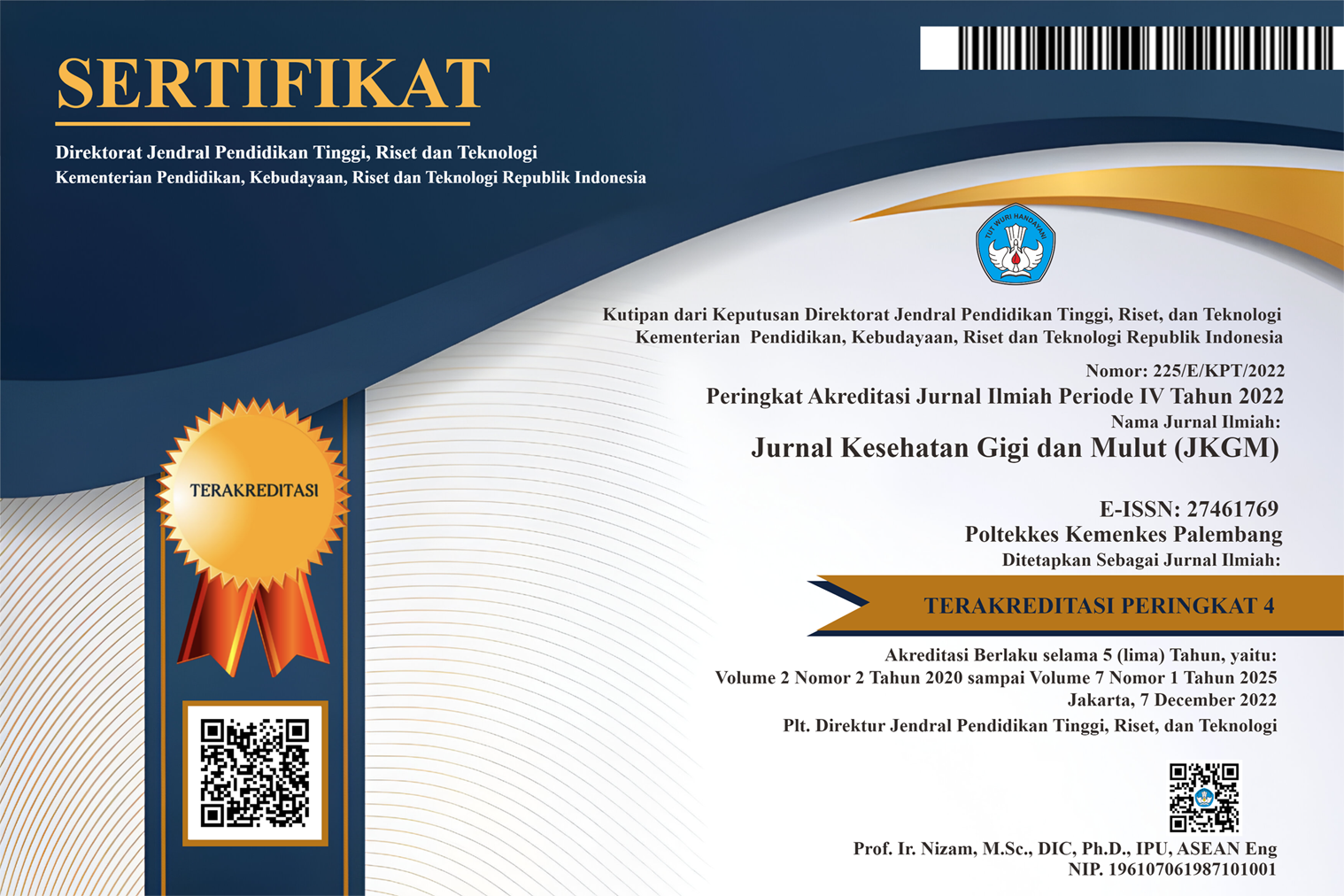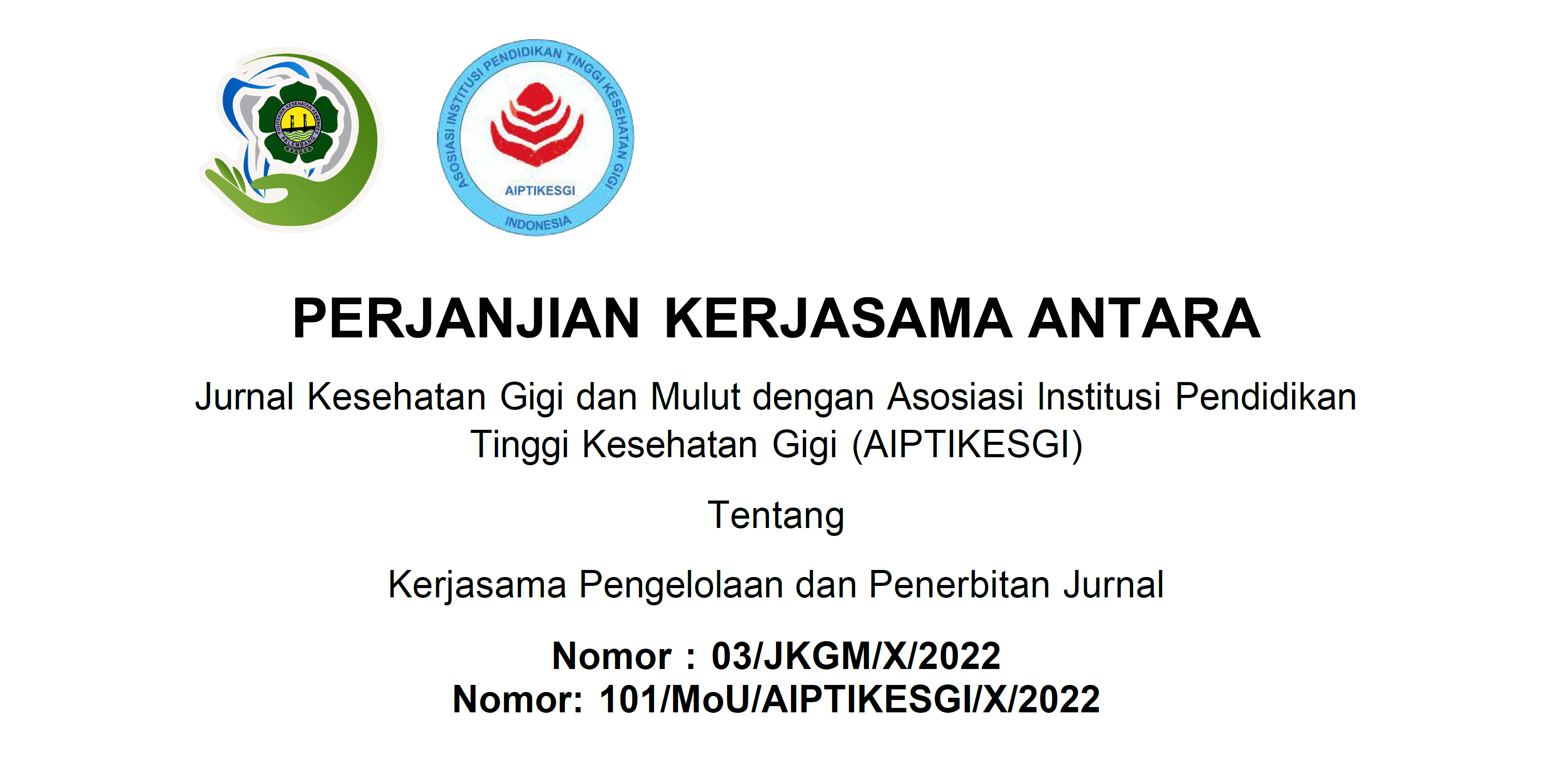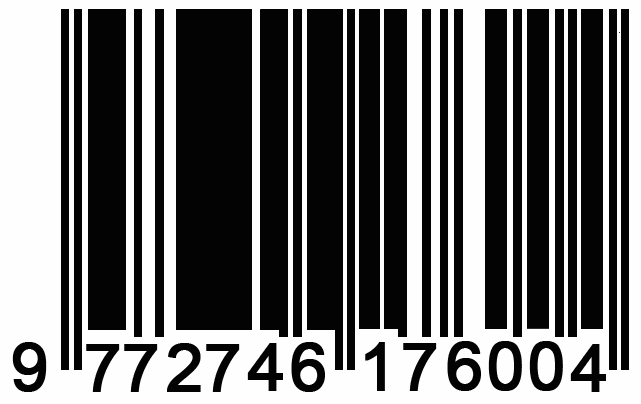Efektifitas Penggunaan Dental Story E-Book terhadap Peningkatan Pengetahuan tentang Karies pada Anak Sekolah Dasar
The Effect of Dental Story E-Book on Increasing Knowledge of Dental Caries in Elementary School Students
Abstract
Background: Dental caries is a disease that destroys tooth tissues, starting from the enamel, then the dentin, until it reaches the pulp. Increased knowledge can shape better and healthier behaviors. One way to increase knowledge is through education, especially using digital technology that is popular among children. Dental story e-book is a digital storybook containing text, images, and colors, which can be read through electronic devices. The purpose of this study was to determine the effectiveness of using Dental Story E-Books in increasing knowledge about dental caries in elementary school children. Methods: A quasi-experimental design with a pretest-posttest and control group was used. The questionnaire used has been tested for validity and reliability. The research sample consisted of 40 fifth-grade students at SDN 115 Palembang, selected through purposive sampling. A paired t-test was used. Results: The paired t-test resulted in a p-value of 0.001 (p<0.05), indicating that the use of Dental Story e-books was significantly effective in increasing knowledge about dental caries in elementary school children. Conclusion: The use of Dental Story E-Books is effective in increasing knowledge about dental caries in elementary school children.
Copyright (c) 2024 Jurnal Kesehatan Gigi dan Mulut (JKGM)

This work is licensed under a Creative Commons Attribution-ShareAlike 4.0 International License.
Authors who publish with this journal agree to the following terms:
- Authors retain copyright and grant the journal right of first publication with the work simultaneously licensed under a Creative Commons Attribution License that allows others to share the work with an acknowledgement of the work's authorship and initial publication in this journal.
- Authors are able to enter into separate, additional contractual arrangements for the non-exclusive distribution of the journal's published version of the work (e.g., post it to an institutional repository or publish it in a book), with an acknowledgement of its initial publication in this journal.
- Authors are permitted and encouraged to post their work online (e.g., in institutional repositories or on their website) prior to and during the submission process, as it can lead to productive exchanges, as well as earlier and greater citation of published work















